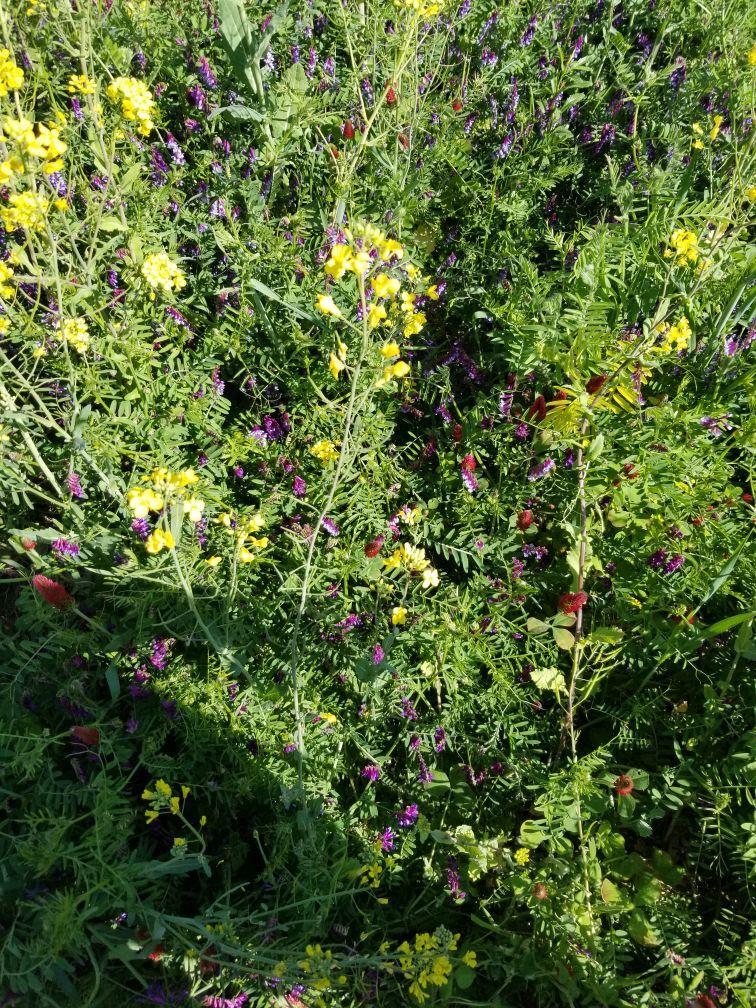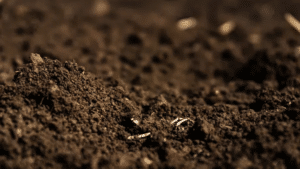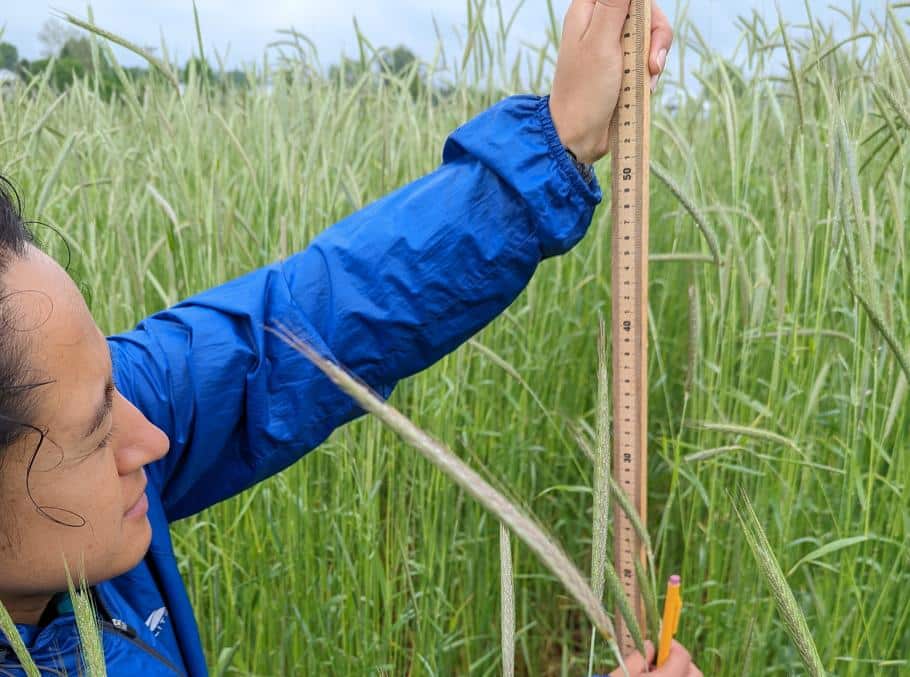Cover crop companies eye more investment in research for conservation planting.
Even after spending more than a decade using cover crops and dedicating their farm to the practice, Kyle Grumke, a western Missouri corn, soybean and forage grower admits that sometimes picking cover crop seed isn’t top-of-mind until right when it’s needed.
“I really need to be working on getting the seed I need on hand for fall in that July time frame,” he says. “It always seems like we’re getting ready for harvest, or something comes up and this slides.”
Local co-ops often only have variety not stated (VNS) on hand, too, he says. VNS can be a gamble because germination and other qualitative measures aren’t as certain.
“Until we start treating cover crops like a cash crop, we’re just throwing darts at a bullseye, and we don’t even know where it is,” Grumke says, echoing a sentiment that hits close to home for many in the cover crop seed industry.
Unlike many cash crops, farmers and suppliers don’t often dedicate as much time and resources to cover crop varieties. In many ways, it’s the Wild West. While many companies are investing in research to improve varieties, it can be hard to see real return on that investment. Couple that with uncertainty in government support and it’s a steep hill for cover crops to climb for success.
Make Research the Priority
For seed companies, dedicating time and resources to cover crop research is challenging because there are so many species.
Instead of investing research dollars into one or two major crops, money is divided among many. This means data for cover crops is behind that of corn, soybeans and other traditional cash crops.
“Cover crops are really in their infancy,” says Jerry Hall, co-owner of GO Seed. “To really come of age, it’ll take a big financial commitment in support of cover crops. There needs to be a lot more research, breeding and developing varieties and there needs to be a testing and trialing system.”
It’s almost a chicken-and-egg situation. For cover crop seed companies to invest dollars in research, they need farmers to plant cover crops. For farmers to want to plant cover crops, they want to see the best and heavily researched species available.
“Cover crops are typically not a one-species crop, it’s usually a mix/blend that brings in several different species and benefits,” says Janae Brady, American Seed Trade Association senior director of government affairs. “Because of that, there is a diversity of grasses, legumes, beets, etc. that need to be researched and bred.”
When more species get involved, costs and complexity mounts. From the top, down, seed companies, retailers and farmers are asking for education on cover crop opportunities and challenges and a structured evaluation program on which growers can base decisions.
“We need more research on cover crops, including their long-term impact on things like soil,” Grumke says. “It needs to be more than just testing on farms… We need testing on all products and unbiased reports.”
Strategies to Bolster Adoption
It’s not just private companies looking to boost cover crop adoption. With clear environmental benefits, including promise to help offset some of the impact of climate change, nonprofits, checkoffs and government agencies look to contribute.
The U.S. House of Representatives recently passed the Build Back Better Act (BBBA) (H.R. 5376), and it is expected to go through revisions when it gets to the Senate. If this legislation passes as is without changes to the agricultural conservation portion, farmers would be paid $25 per acre to plant one or more species of cover crops on up to 1,000 acres and pay landowners $5 per acre on up to 1,000 acres for 2022 to 2026. There is no spending cap on this proposal, though the Congressional Budget Office estimates the program will stretch to $5 billion.
Another proof point includes a collaboration between the United Soybean Board, National Corn Growers Association and Pork Checkoff. This group aims to double corn and soybean acres using cover crops to 30 million by 2030. The groups plan to work to support and augment existing and new state initiatives. The program will encourage collaboration among the organizations to support conservation.
Two USDA Grants Enable Research
In late 2021, USDA announced two sizeable contributions to cover crop research. National Institute of Food and Agriculture (NIFA) announced it would provide $3 million to a network of scientist to develop new varieties of cover crops. USDA NIFA also awarded a $10 million five-year grant to Iowa State University scientists to develop new approaches to cover crops that incorporate perennial groundcovers.
The $3 million grant will be led by Cornell University but include scientists from across the country including universities, USDA Agricultural Research Service and Natural Resources Conservation Service Plant Material Centers. The three-and-a-half-year grant aims to help growers by creating cover crops better adapted to local conditions.
Scientists will evaluate cover crop varieties for the following:
- Weed suppression
- Early vigor
- Increased biomass
- Winter hardness
- Seed yield
- Disease and insect resistance
- Soft and non-shattering seed
- Early flowering
“This project is innovative in applying plant breeding to cover crop species, especially as a collaborative and interdisciplinary national network,” said Virginia Moore, the grant’s principal investigator and assistant professor in the College of Agriculture and Life Sciences in a recent press release. “It has the potential for huge impacts on farmer adoption of cover crops and increasing the environmental benefits they provide.”
The second research grant, led by Iowa State scientists, aims to break down barriers keeping farmers from adopting cover crops on a wide scale. The team includes 18 scientists to delve into the environmental advantages created by perennial grasses planted between rows of cash crops.
“We think because it’s a perennial, if we do it right, it might be done at extremely low cost to the producer,” said D. Rau Raman, Morrill professor of agricultural and biosystems engineering at Iowa State in a recent press release. “It might even be possible that farmers might realize some economic benefit by implementing this practice.”
Researchers are placing their bet that some perennial ground covers will: not compete with cash crops for nutrients, not affect yield, go dormant when cash crops are developing and require little management.
Read more about cover crops:













